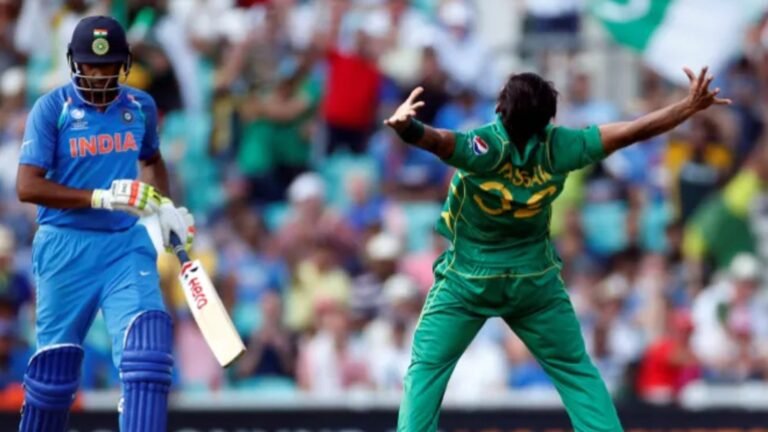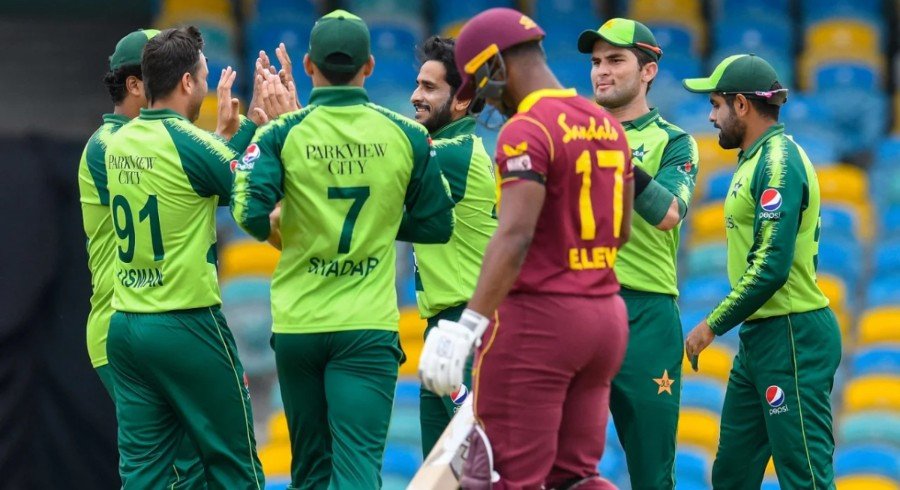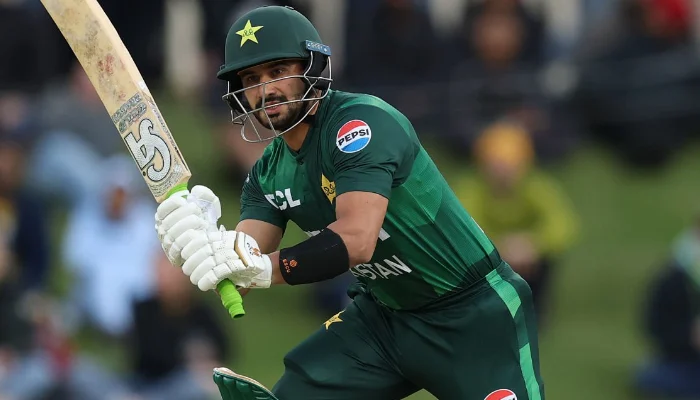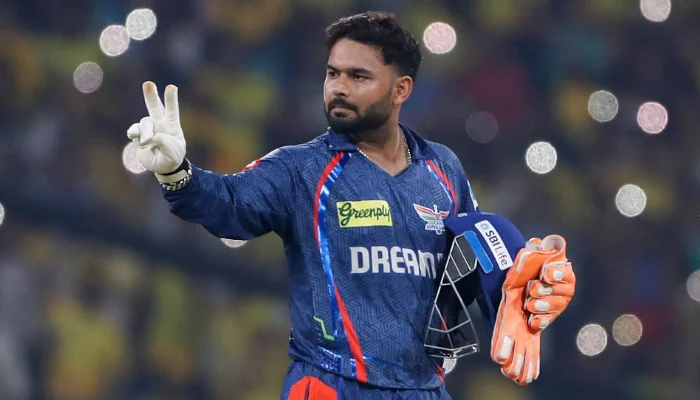Cricket like many other sports, is focused not just by physical performance but also by numbers. One of the most crucial metrics used to evaluate a bowler’s efficiency, especially in limited-overs setups like ODIs and T20s, is the economy rate. While a bowler might pick up wickets, if they’re leaky runs in the process, their overall value to the team may be questioned. That’s where understanding how to calculate economy in cricket becomes essential for fans, analysts and players alike.
In this blog post, we’ll explore what economy rate means, how to calculate it, and why it’s so important. Whether you’re new to cricket or a seasoned fan, by the end of this post, you’ll have a clear grasp of one of the game’s most insightful statistics.
What Is Economy Rate in Cricket?
The economy rate, often just called “economy,” is a statistical measure used to measure how many runs a bowler concedes per over bowled. It is particularly significant in limited-overs formats where controlling the run rate can often be as valuable as taking wickets.
In simple terms:
Economy Rate = Total Runs Conceded / Total Overs Bowled
This value tells you how many runs, on average, a bowler gives away in each over they bowl.
Why Is Economy Rate Important?
The economy rate gives vision into a bowler’s ability to control the game. While a high wicket-taking ability is celebrated, a bowler who can obstruct the run flow uses pressure on the batting side, often leading to mistakes and wickets from the other end.
Here’s why economy matters:
- T20 Cricket: In this fast-paced format, bowlers with low economy rates are invaluable. A bowler yielding 4-5 runs per over in a game where the average is 8-9 makes a huge impact.
- ODI Cricket: Over 50 overs, controlling the economy helps limit the batting team to a convenient total.
- Test Cricket: Though less emphasized, economy rate still plays a role, especially when bowling on unfeeling pitches or during long spells.
Step-by-Step: How to Calculate Economy Rate
Let’s break down the process:
Step 1: Note the Total Runs Conceded
This is the total number of runs a bowler has given away in their spell. This data is easily available on the scoreboard or scorecard.
Step 2: Determine the Total Overs Bowled
In cricket, an over consists of 6 legal deliveries. Overs can be fractional like 4.3 overs, which means 4 overs and 3 balls (i.e., 27 balls in total).
To accurately calculate the economy, you need to convert the balls into a decimal that reflects the actual number of deliveries.
Important: 4.3 overs ≠ 4.3 in decimal.
4.3 overs = 4 overs and 3 balls = 4 + (3/6) = 4.5 overs.
Step 3: Apply the Formula
Once you have both figures:
Economy Rate = Runs Conceded / Overs Bowled
Let’s look at a couple of examples to understand this well.
Practical Examples
Example 1: Simple Calculation
A bowler concedes 40 runs in 8 overs.
Economy Rate = 40 / 8 = 5.00
This means the bowler conceded 5 runs per over—fairly decent in most formats.
Example 2: Overs with Balls
Let’s say a bowler gave 29 runs in 4.3 overs.
Step 1: Convert 4.3 to decimal
= 4 overs and 3 balls = 4 + (3/6) = 4.5 overs
Step 2: Calculate economy
= 29 / 4.5 = 6.44 (rounded to two decimal places)
So the bowler’s economy rate is 6.44 runs per over.
Example 3: T20 Match Analysis
In a T20 game, a bowler has figures of 2/18 in 4 overs.
This means they took 2 wickets and gave 18 runs in 4 overs.
Economy = 18 / 4 = 4.5
This is an excellent economy rate in a T20 format where 8+ runs per over is common.
How Economy Differs From Other Bowling Stats
Cricket uses multiple stats to evaluate bowlers. Here’s how economy fits in:
| Metric | Formula | Purpose |
| Economy Rate | Runs Conceded / Overs Bowled | Run containment |
| Bowling Average | Runs Conceded / Wickets Taken | Effectiveness in taking wickets |
| Strike Rate | Balls Bowled / Wickets Taken | How quickly a bowler takes wickets |
A bowler can have a great strike rate but poor economy, and vice versa. The best bowlers tend to perform well in all three metrics.
Economy Rate Benchmarks
What is considered a good economy rate varies with the format:
| Format | Excellent Economy | Good Economy | Poor Economy |
| Test | Under 2.5 | 2.5 – 3.5 | Over 4 |
| ODI | Under 4 | 4 – 5.5 | Over 6 |
| T20 | Under 6 | 6 – 8 | Over 8 |
These benchmarks are general and may vary depending on pitch conditions and opposition strength.
Economy Rate in Modern Cricket
T20 Leagues
In high-stakes T20 leagues like the IPL, BBL, or PSL, a bowler’s economy is a key performance indicator. Players like Rashid Khan, Sunil Narine, and Jasprit Bumrah have earned reputations for maintaining outstanding economy rates under pressure.
ODI World Cups
Economy becomes especially important in middle overs when batsmen look to rotate strike. Bowlers like Glenn McGrath or Anil Kumble often kept the run flow in check, building pressure that led to collapses.
Tips for Bowlers to Improve Economy Rate
If you’re a budding cricketer or coach, here are a few strategies to lower your economy:
- Consistency in Line and Length: Bowling at the same spot forces batsmen to take risks.
- Variation: Mix up pace, flight, and length to keep batsmen guessing.
- Field Placement: Work with your captain to plug gaps where batsmen score easily.
- Fitness and Focus: A tired bowler leaks runs. Stay fit and mentally sharp.
Common Mistakes in Calculating Economy
- Misreading overs with balls: Always convert 4.2 overs to 4 + (2/6) = 4.33, not 4.2 as decimal.
- Ignoring extras: Economy usually includes runs conceded through extras (no-balls, wides).
- Overlooking incomplete overs: Especially in rain-affected matches or unfinished spells.
Final Thoughts
Understanding and calculating economy rate is crucial for exploring bowling performances in cricket. Whether you’re champing numbers after a game or trying to improve your own performance, this metric offers deep insight into a bowler’s influence to the team. With this knowledge, you can better appreciate the strategic side of cricket and perhaps even become a better player or fan because of it.
















